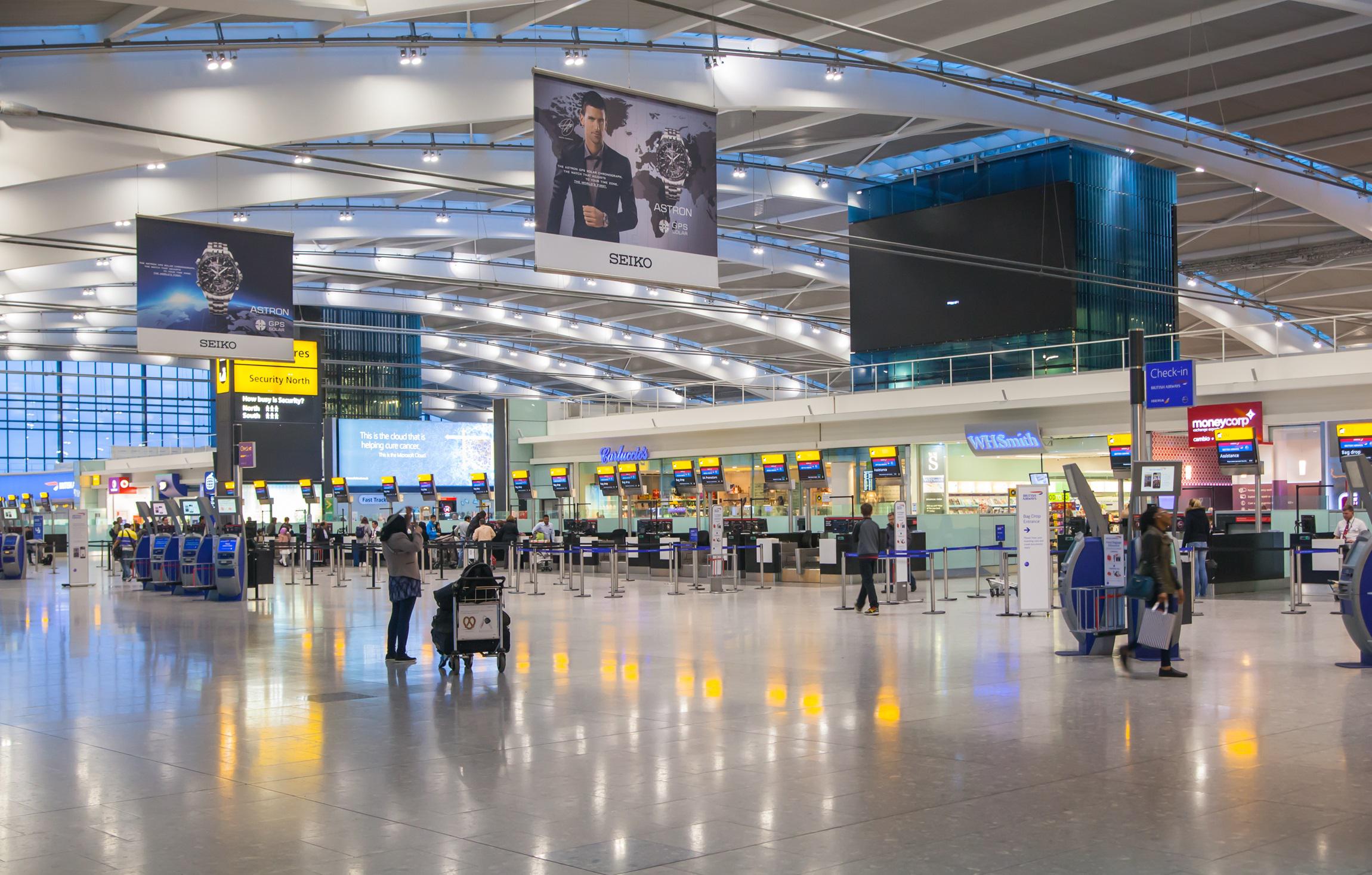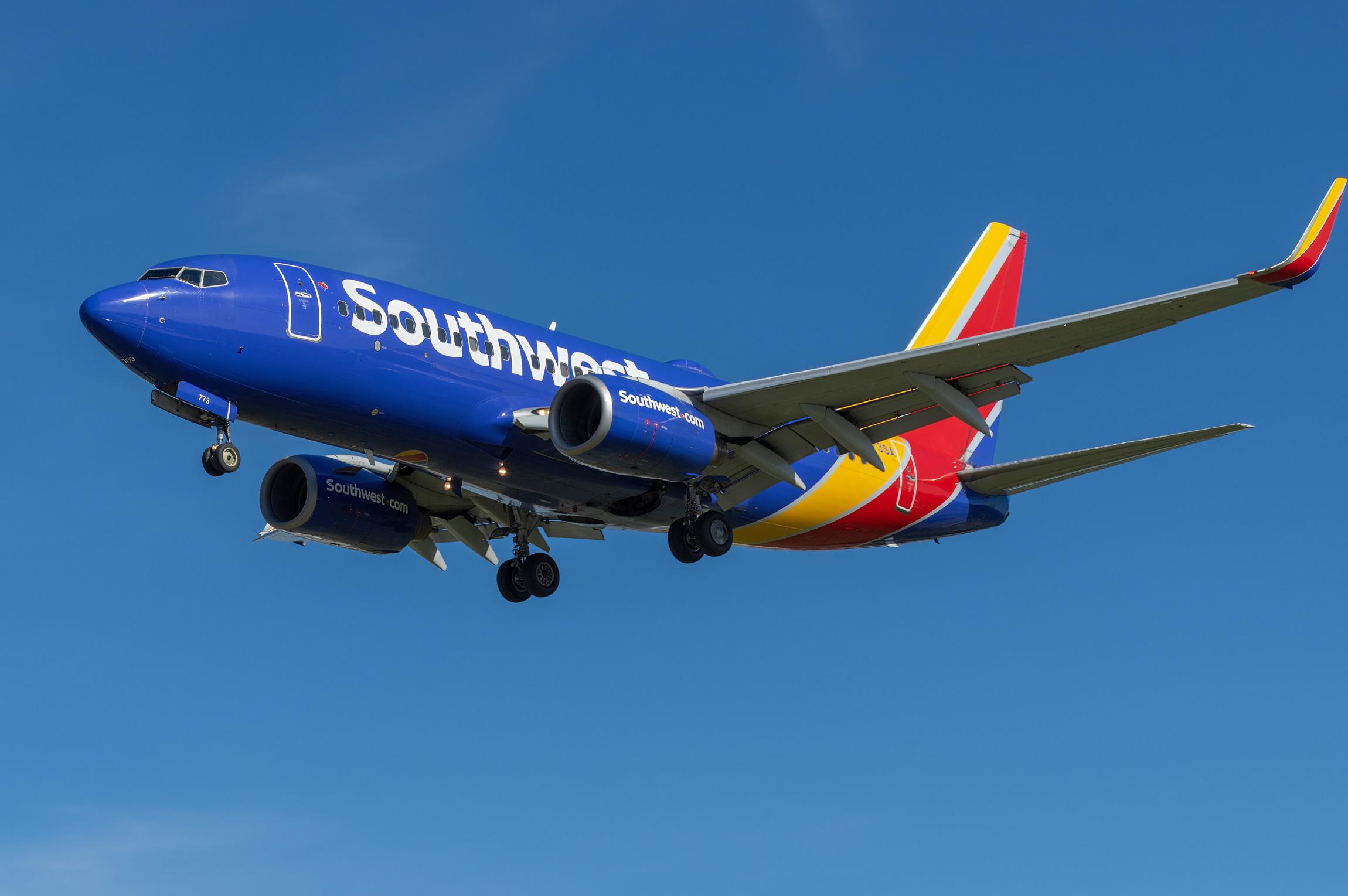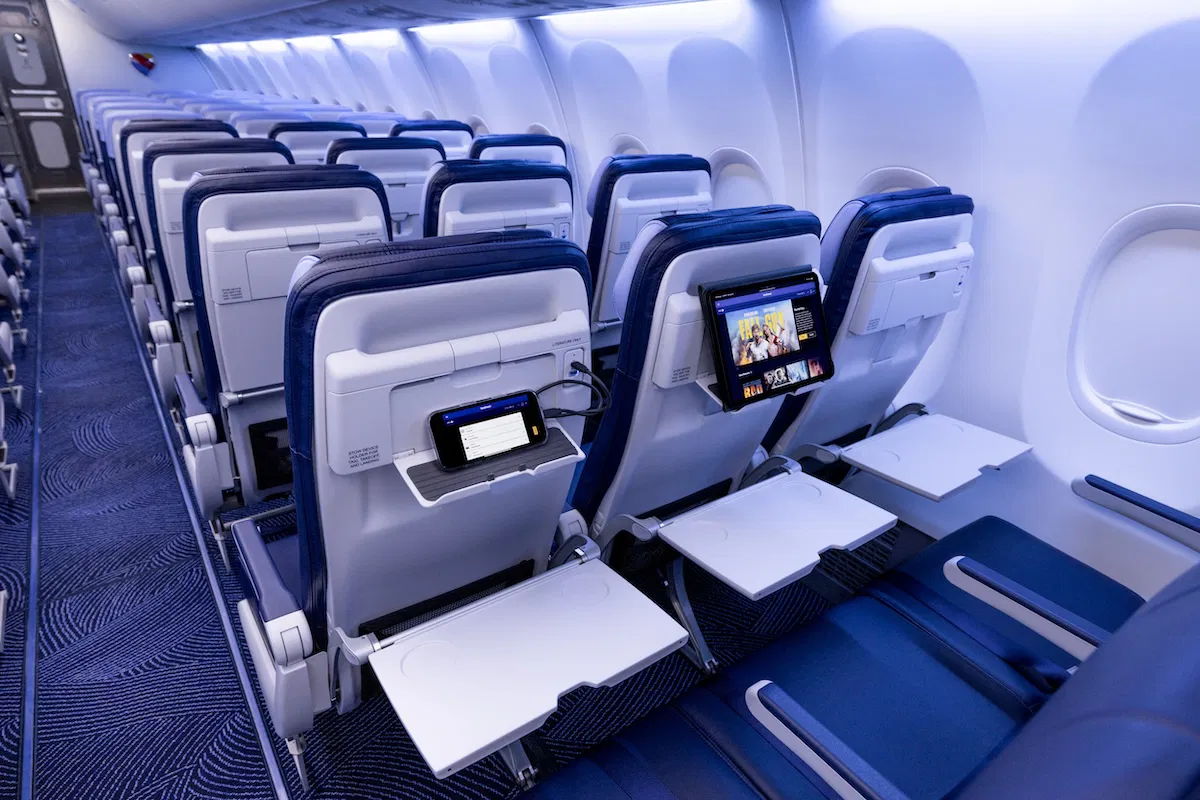As Thanksgiving approaches, these are the top 20 most delayed airports
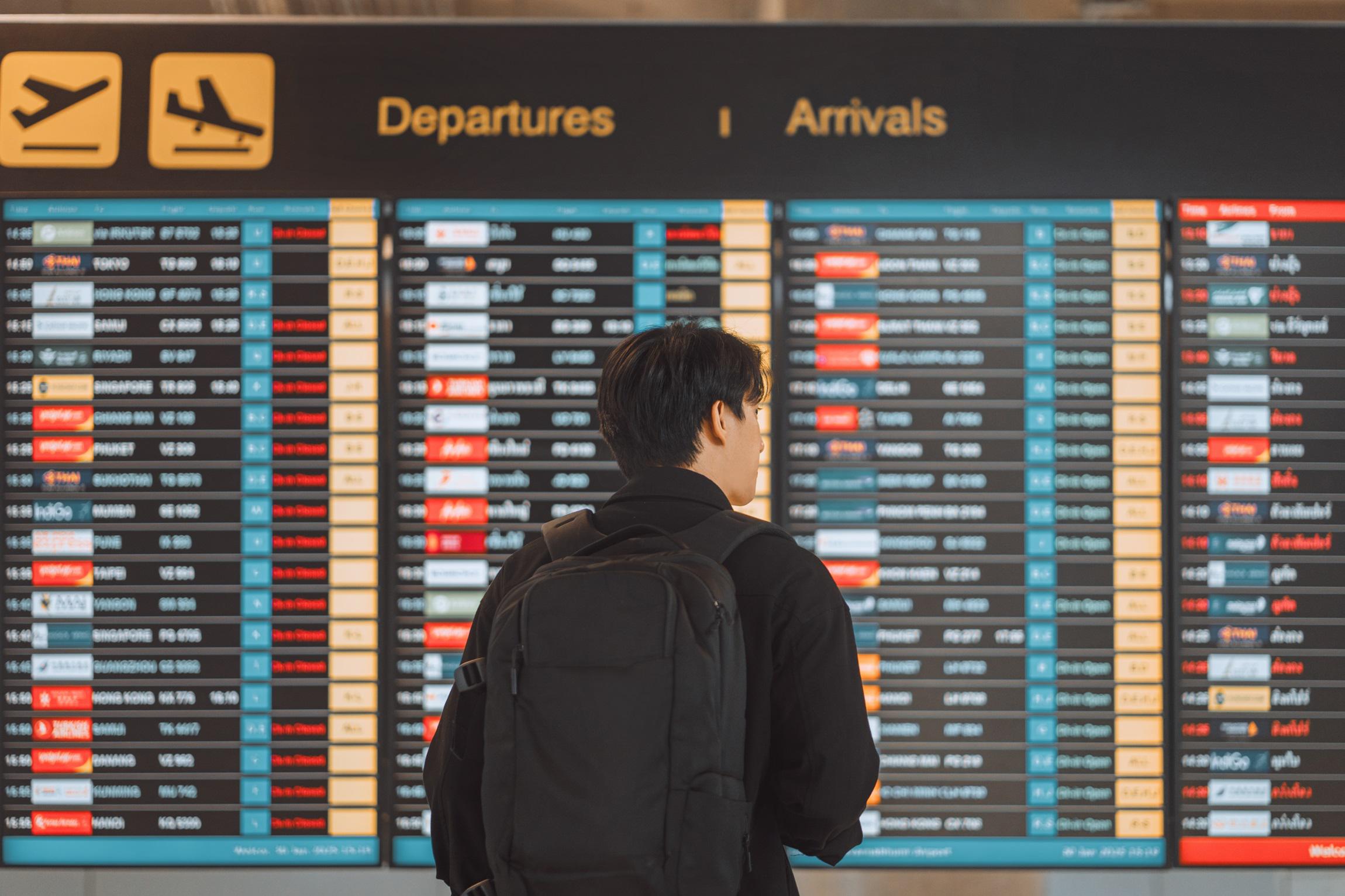
With controller staffing stretched and capacity reduced, delays and cancellations are piling up ahead of Thanksgiving. Travelers should book earlier flights, pad connections, and keep airline apps handy for fast rebooking.
With the holiday rush just days away, air travel is buckling under the strain of a prolonged federal government shutdown that has now stretched into its sixth week. The Federal Aviation Administration has ordered daily capacity reductions at 40 of the nation’s busiest airports, starting around 4% and stepping up to 10% by November 14, citing safety concerns tied to controller fatigue and staffing shortfalls. Those cuts, plus rising absenteeism among unpaid air traffic controllers and TSA screeners, have triggered a surge in delays and cancelations that is rippling across the system.
The immediate toll has been stark. U.S. airlines canceled more than 1,000 flights on Friday and again on Saturday, with several thousand more delayed as carriers complied with the FAA’s reduced traffic orders. Airports from Atlanta and Charlotte to Dallas–Fort Worth, Newark, and Los Angeles reported crowded gate areas, rolling departure pushes, and extended taxi times. Disruptions are likely to intensify if the mandated cuts rise to 10% this week. The agency has warned it could move to even deeper nationwide reductions, up to 20%, if the shutdown drags on. Transportation officials say such steps would be taken only to preserve safety margins amid thinning staffing and mounting controller overtime.
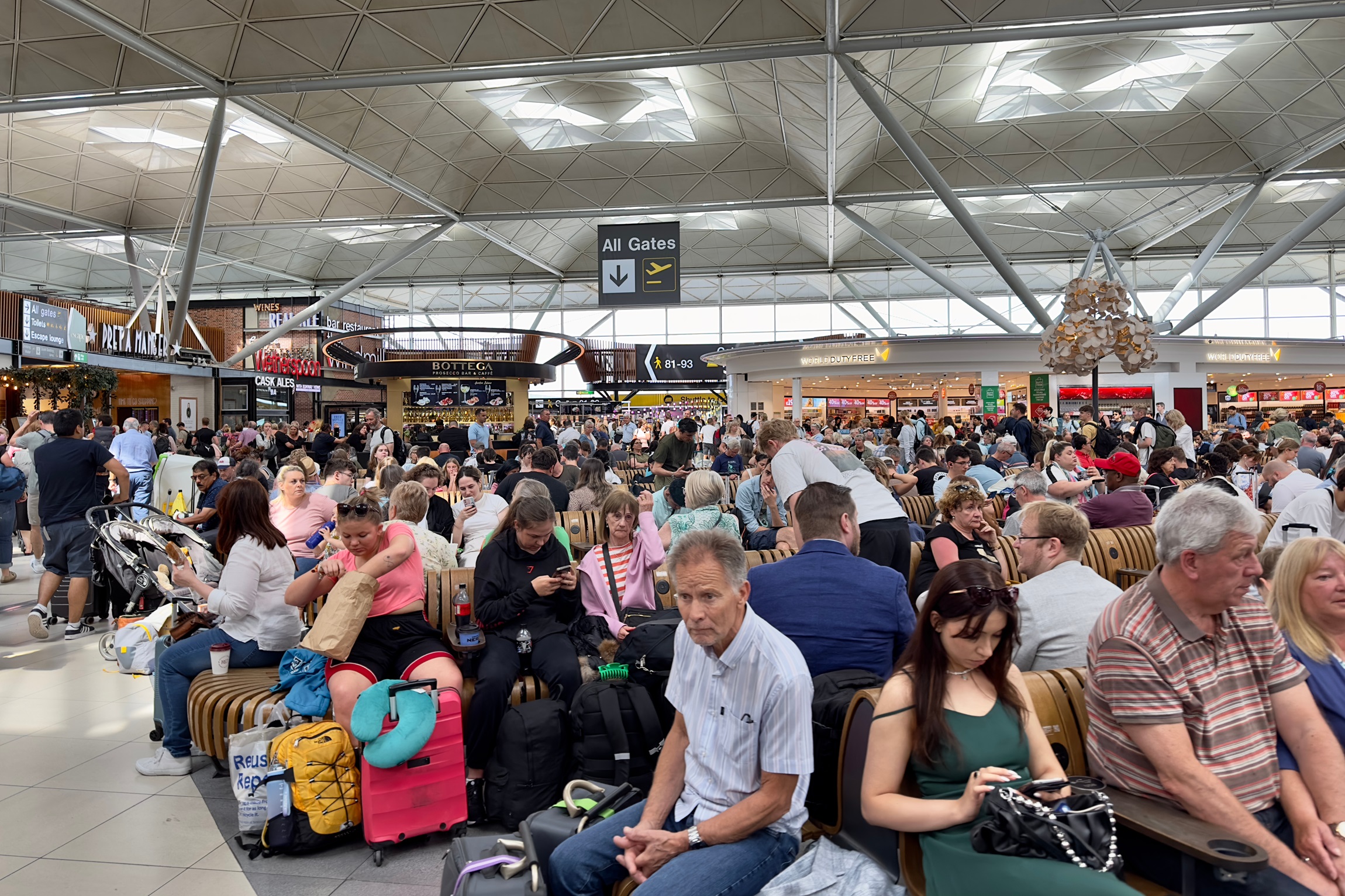
What is driving the squeeze is a simple and unforgiving math problem. Roughly 13,000 controllers and about 50,000 security screeners are working without pay. Sick outs and fatigue are climbing, and training pipelines remain frozen because many support staff and instructors are furloughed. To keep aircraft separation safe when there are not enough rested controllers on certain shifts or in key facilities, the FAA is capping hourly traffic flows. Cargo hubs, particularly overnight express schedules, and some general aviation operations are also being curtailed, with space launches pushed into nighttime windows to free up daytime capacity for commercial passengers.
Airlines are trying to smooth the shock. Major carriers have been trimming schedules, consolidating lightly booked flights, and issuing fee free rebooking options on affected routes. But executives acknowledge there is only so much slack in November. Aircraft and crews are tightly scheduled, spare jets are limited, and crews hit legal duty limits faster when delays stack up. Some carriers warned that while the first weekend of cuts was painful, the operational impact tends to snowball the longer the constraints persist, especially as holiday loads climb and weather adds friction.
All of this is colliding with one of the busiest travel periods of the year. The Sunday before Thanksgiving and the Sunday after are historically among the heaviest days for U.S. flying, and even a modest pre holiday capacity cap can cascade into missed connections, tighter seat availability, and longer recovery times when storms roll through. Industry planners caution that the system is less resilient during peak weeks. A 10% haircut at key hubs during the Thanksgiving surge does not just mean fewer flights. It means full flights, fewer rebooking options, and longer waits when things go wrong.
Behind the aviation crunch is Capitol Hill gridlock that has paralyzed broad swaths of the federal government. Over the weekend, the Senate convened in a rare session as lawmakers hunted for a path out of the shutdown. Senate leaders described promising conversations about a bipartisan package that could pair full year funding for several agencies with a short stopgap for others, though there has not been a clear breakthrough. At the same time, partisan battles over health care subsidies continue to entangle the negotiations. The bottom line is that while there is growing pressure to reopen the government before Thanksgiving travel peaks, there is not yet a deal in hand.
For travelers holding holiday tickets, a few practical steps can help:
- Book earlier flights on your travel day. Morning departures are likelier to go on time and give you more fallback options if the first attempt fails.
- Avoid tight connections. Pad your layovers, especially at airports flagged for FAA flow restrictions.
- Use your airline’s app to self rebook quickly if your flight is canceled. Phone lines bog down fast during mass disruptions.
- Know your rights. U.S. rules require cash refunds if your flight is canceled and you choose not to travel, though compensation for hotels or meals varies by airline policy.
The larger worry for the aviation ecosystem is confidence. Prolonged, government mandated capacity cuts, on top of routine winter weather and already tight schedules, raise the odds that many travelers will face multi day headaches rather than isolated delays. If Congress can strike a deal in the coming days, the FAA can start restoring traffic flows and airlines can rebuild buffers before Thanksgiving’s peak. If not, the nation could be heading into its busiest travel week with an air traffic system deliberately running below capacity and little room to absorb the unexpected.


